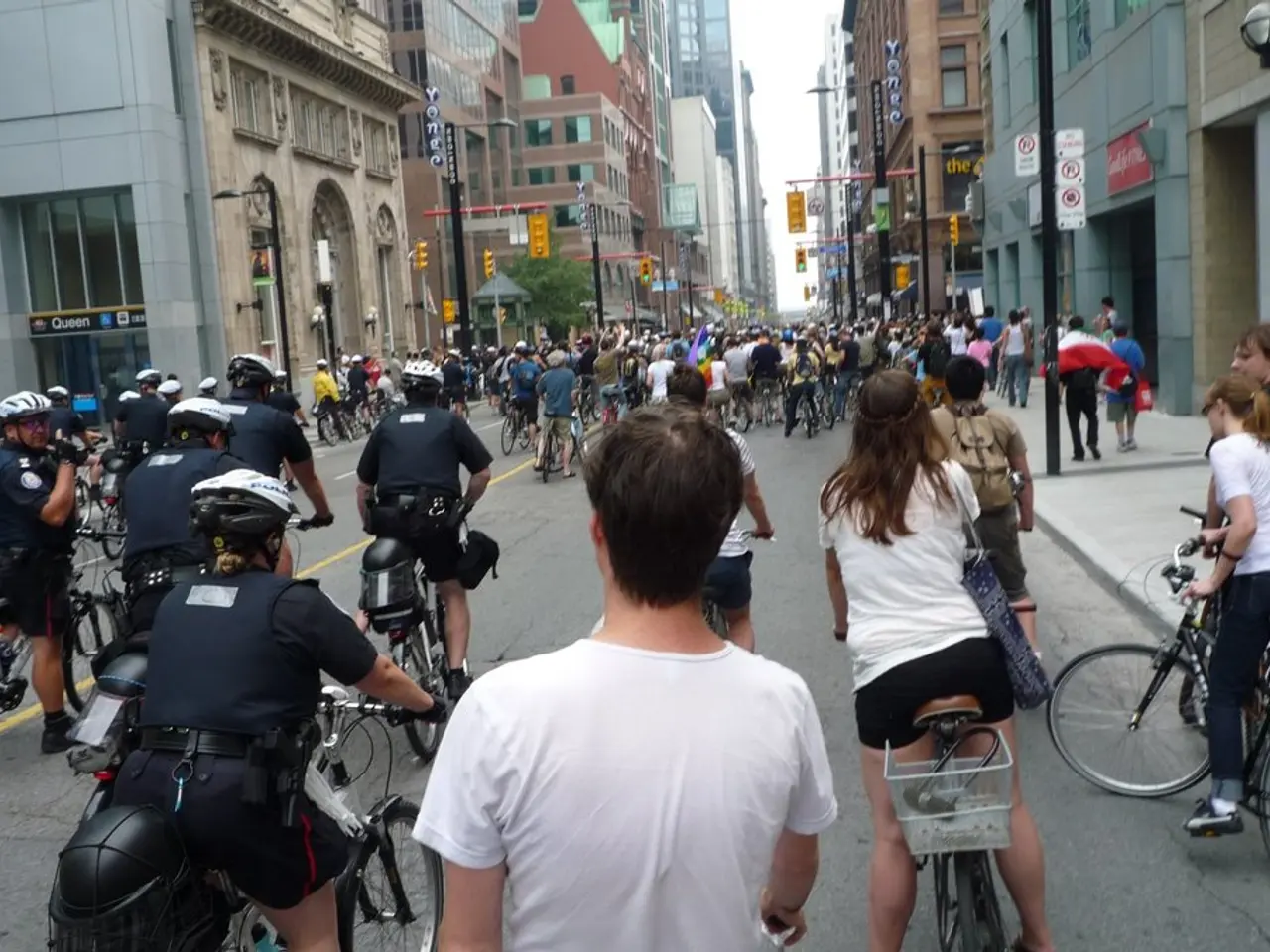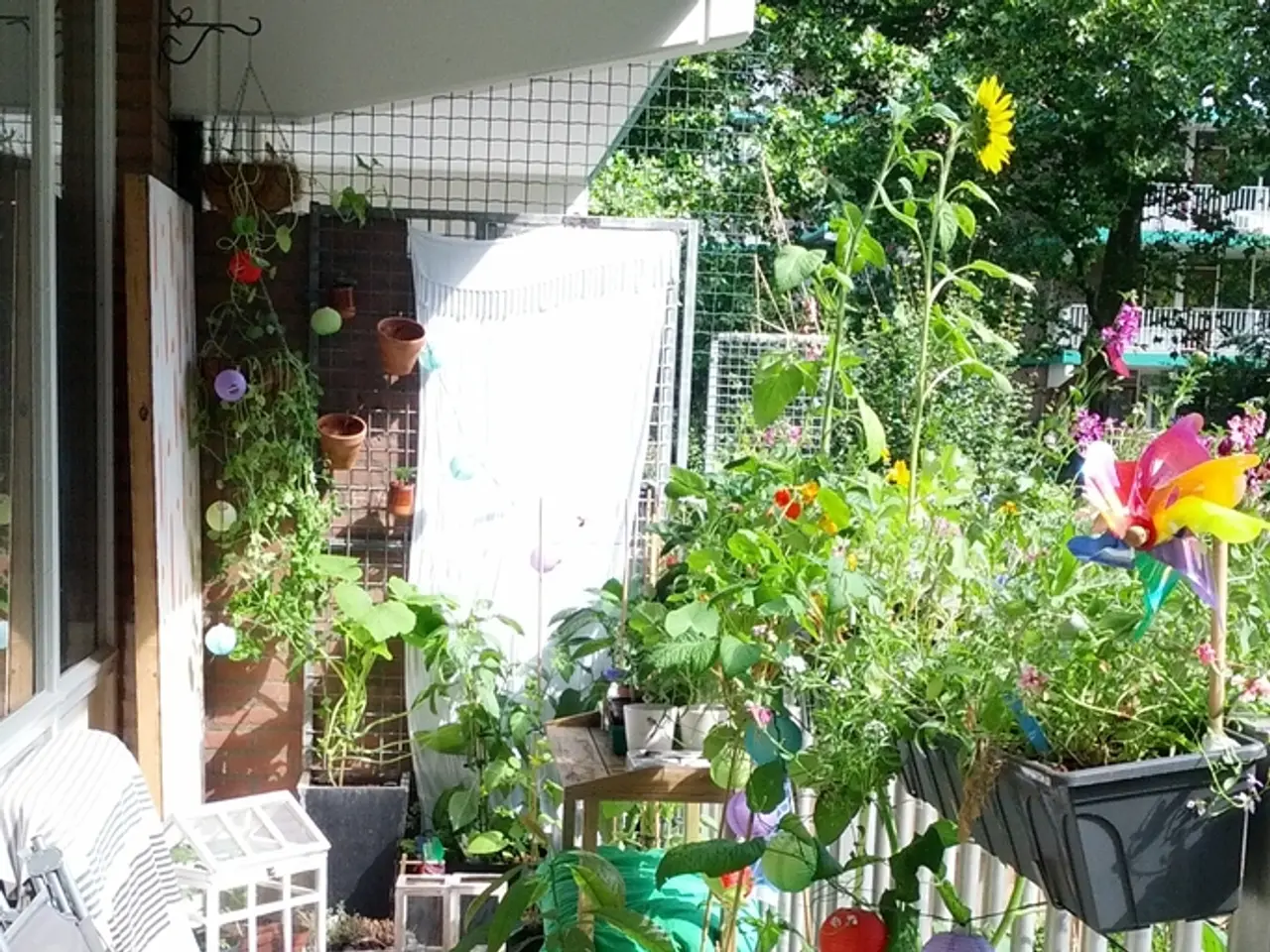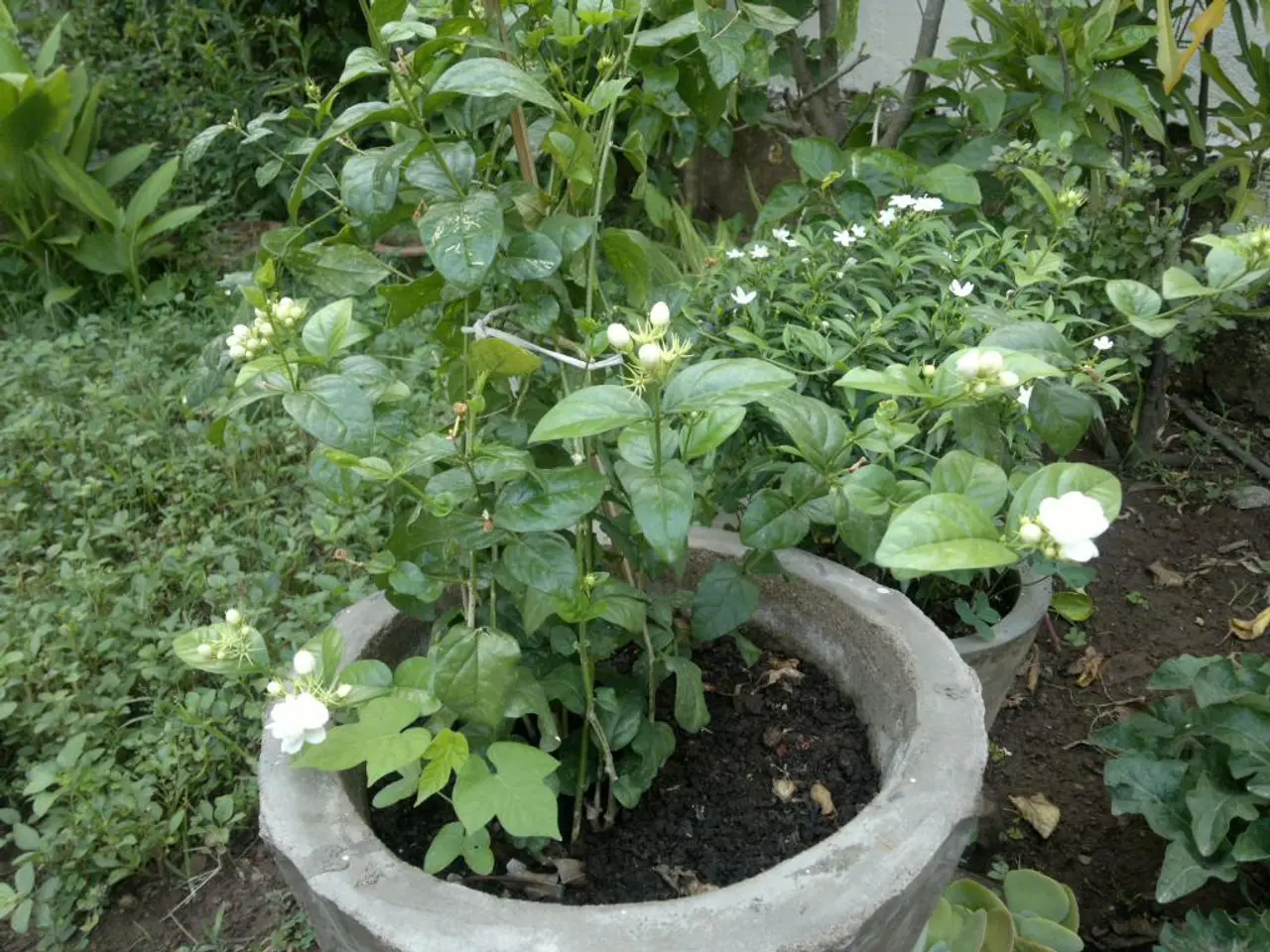Expansion of Los Angeles: Introducing Bike Pathways in the City
Los Angeles, known for its expansive area of approximately 460 square miles and notorious traffic congestion, is gearing up for a significant transformation in its transportation landscape. The city's mayor, Karen Bass, has expressed her commitment to a "transit-first" approach for the upcoming Olympic Games, with a particular focus on improving bicycle infrastructure.
This commitment is not a new development. As early as 2017, the "Twenty-eight by '28" transportation strategy was introduced, aiming to bolster public transit and bike lanes across the city in preparation for the Olympics. The strategy has gained momentum, with the passing of a ballot measure in 2024 that supports expanding bike lanes and creating more pedestrian-friendly spaces.
Mayor Bass believes these developments will foster lasting impacts on Los Angeles's transportation landscape beyond the Olympic Games. She remains hopeful that the city's infrastructure can shift towards more sustainable transit solutions.
One of the key areas of focus is the city of Los Angeles itself. Measure HLA, enacted by voters to enforce safer street standards including protected bike lanes, faces implementation hurdles marked by slow rollout and legal challenges. A notable lawsuit by advocate Joe Linton in April 2025 accuses the City of violating this law on Vermont Avenue by repaving without adding mandated bike/pedestrian infrastructure.
Meanwhile, efforts to improve bicycle infrastructure are actively underway in other areas. For instance, Long Beach’s Pacific Avenue is undergoing a major redesign adding 2 miles of protected bike lanes, wider sidewalks, new pedestrian crossings, and transit access improvements to enhance safety and connectivity for cyclists and pedestrians. This project, slated to complete before the international events impact the region, involves reducing traffic lanes to slow vehicles.
Local efforts like West Hollywood’s protected bike lanes on Fountain Avenue anticipate installation as late as late 2026, indicating some improvements will coincide with the lead-up to these major events but are not yet complete.
Statewide advocacy and legal decisions also impact bike infrastructure safety expectations, though some innovative pilot programs like California's proposed Bike Highway have been delayed.
Despite favorable weather conditions, only 1% of Angelenos bike to work. However, public support for infrastructure changes to facilitate cycling has been noted. Cyclist Mimi Holt, who resumed riding after years of avoidance, hopes for improved safety through connected bike lanes. Damian Kevitt, executive director of Streets Are For Everyone, stated that Los Angeles has a suitable climate for cycling.
While funding, such as $900 million secured from the federal government, supports rail projects, more is needed to realize the ambitious transportation goals before the Olympic events. Opposition to bike lanes has been noted in other regions, with some citizens expressing concerns about increased car traffic and disrupted traffic patterns.
In summary, while Los Angeles and surrounding cities are actively pursuing enhanced bicycle infrastructure with increased protected lanes and pedestrian amenities, significant projects remain in progress or delayed. Legal enforcement of laws like Measure HLA and continued Vision Zero projects represent critical mechanisms driving compliance. These collective efforts are integral to preparing a safer, more sustainable transportation environment for the 2026 World Cup and 2028 Olympics but are still unfolding as of mid-2025.
- The "Twenty-eight by '28" strategy, initiated in 2017, aims to bolster not only public transit and bike lanes in Los Angeles, but also adopt a stronger lifestyle that promotes cycling and pedestrian-friendly spaces.
- Beyond Los Angeles, other cities like Long Beach are proactively redesigning roads, like Pacific Avenue, to include 2 miles of protected bike lanes, wider sidewalks, and safer pedestrian crossings, to encourage transportation solutions that are more sustainable and conducive to a home-and-garden lifestyle.




